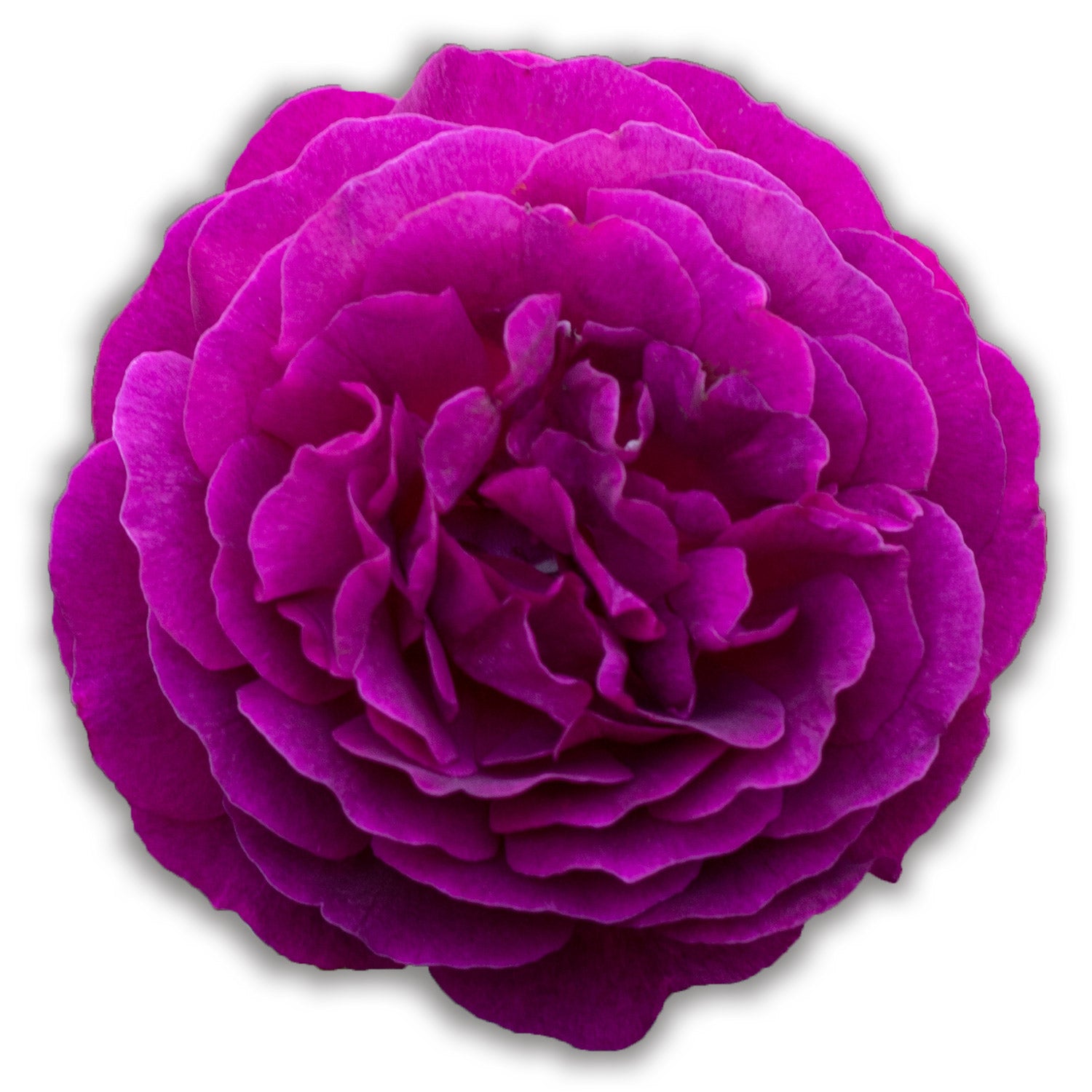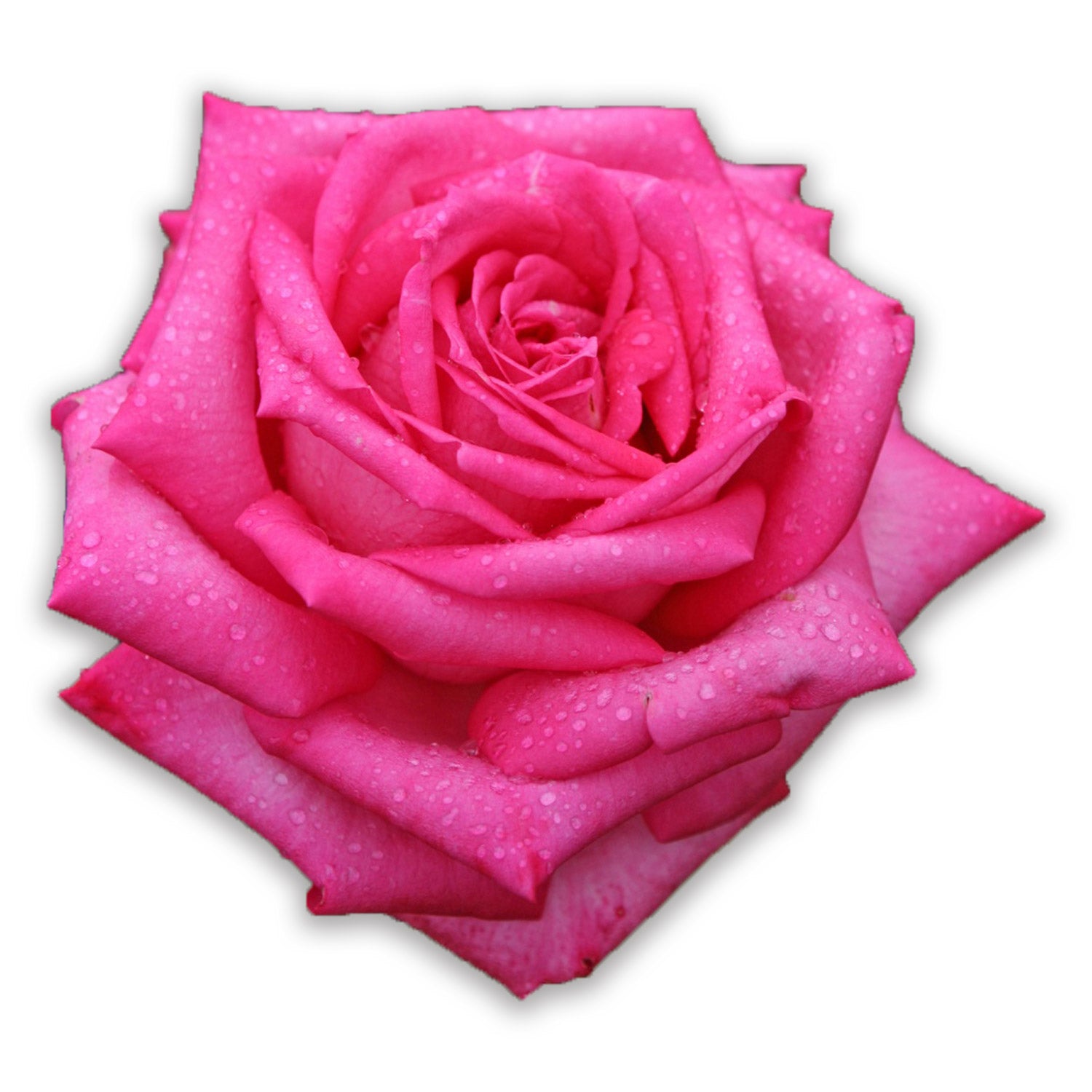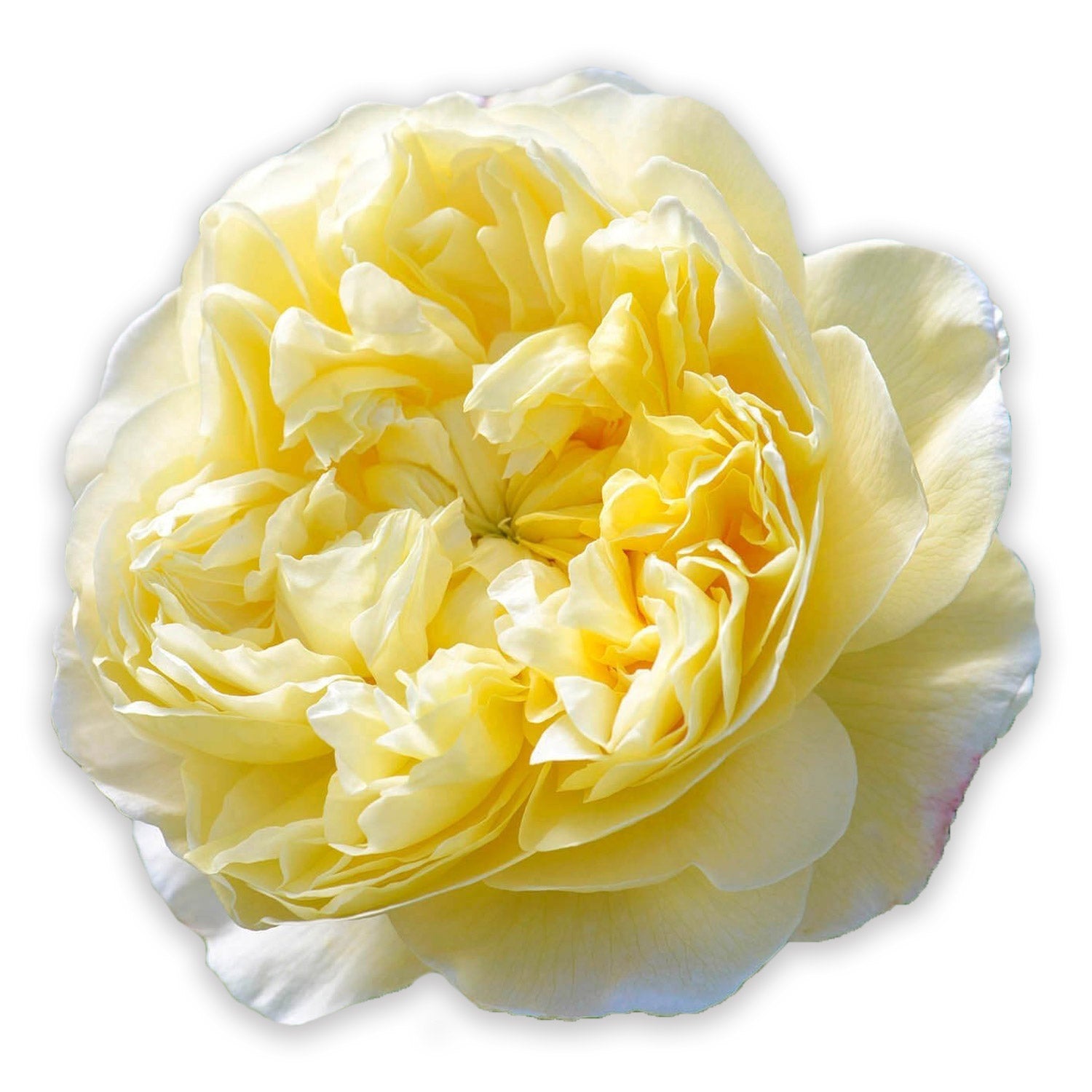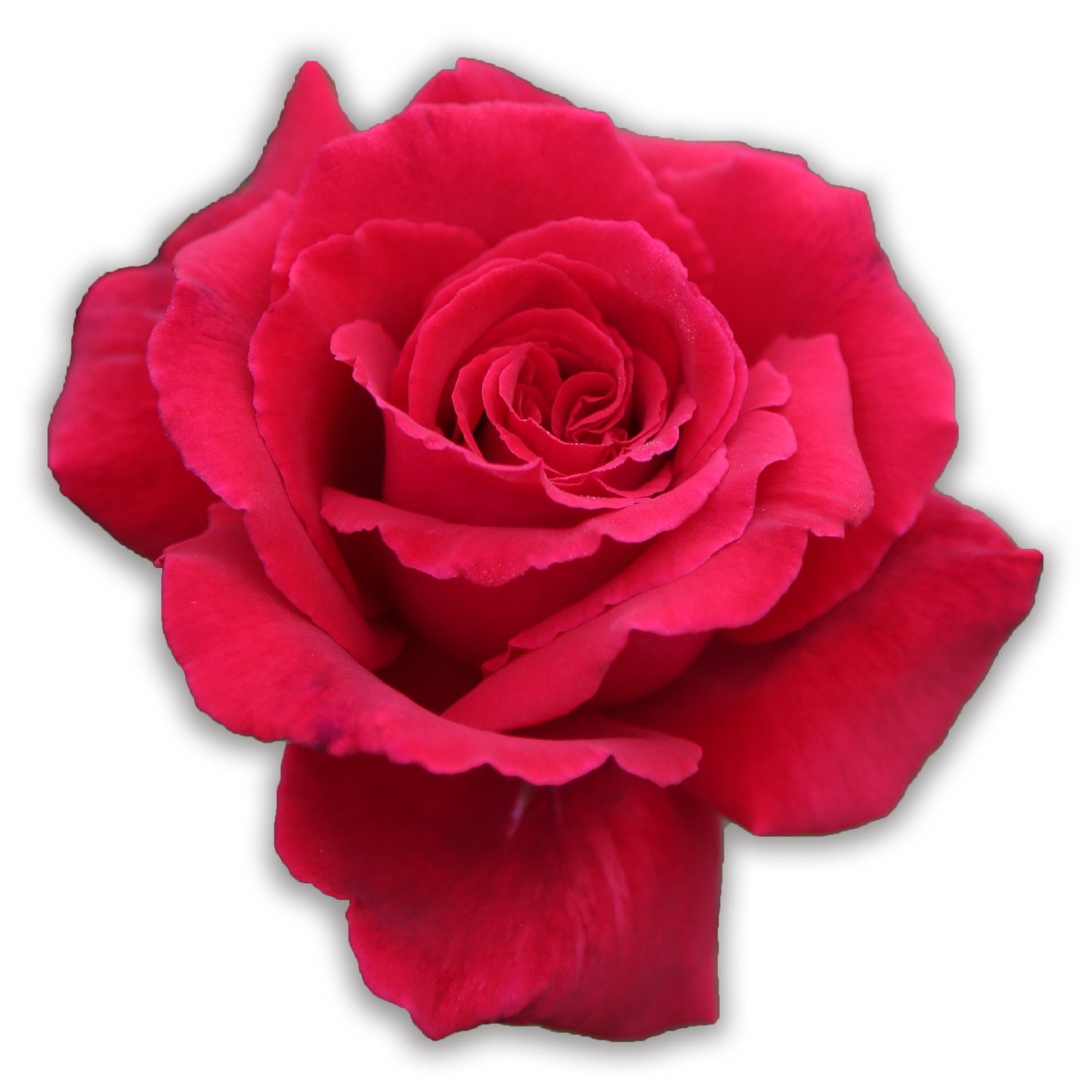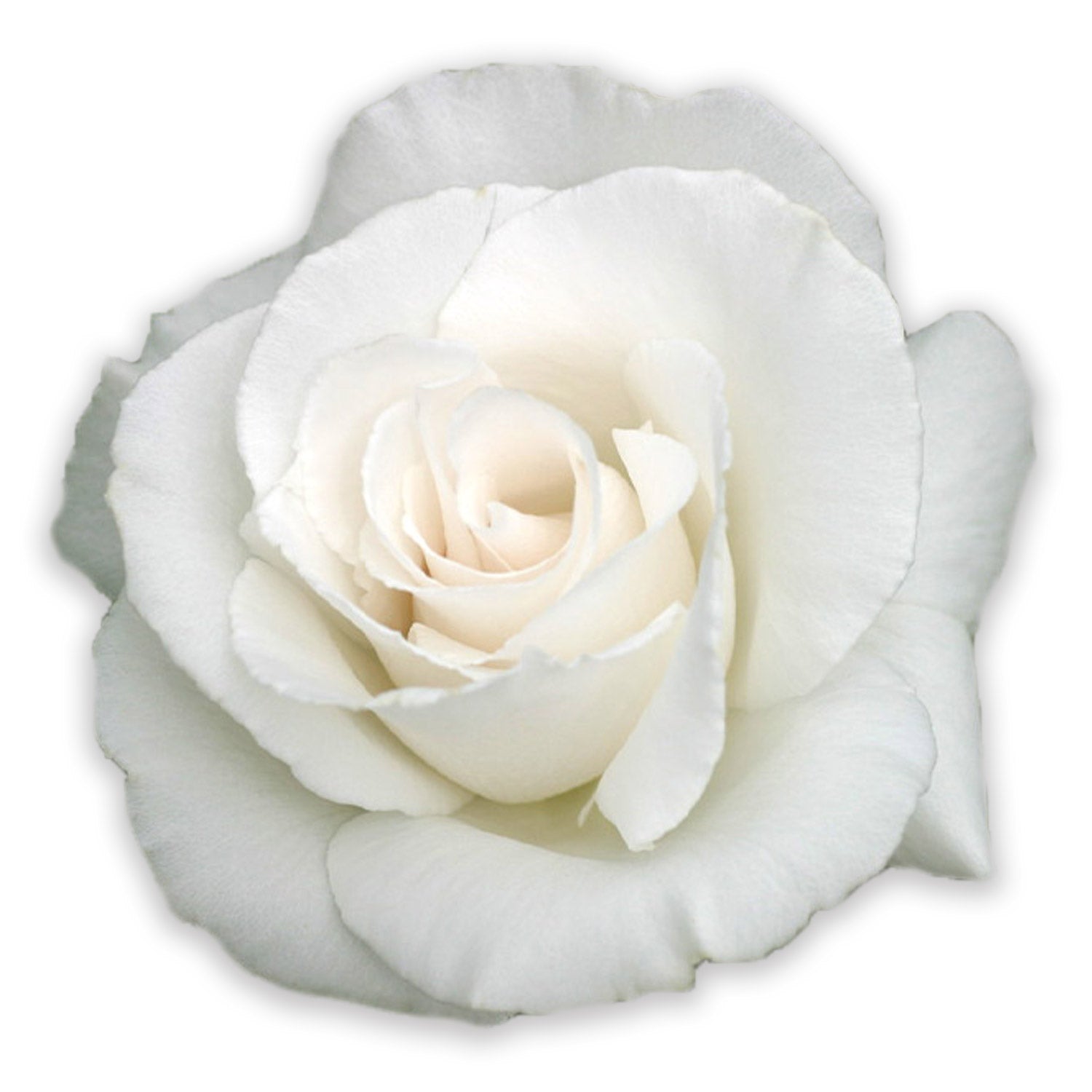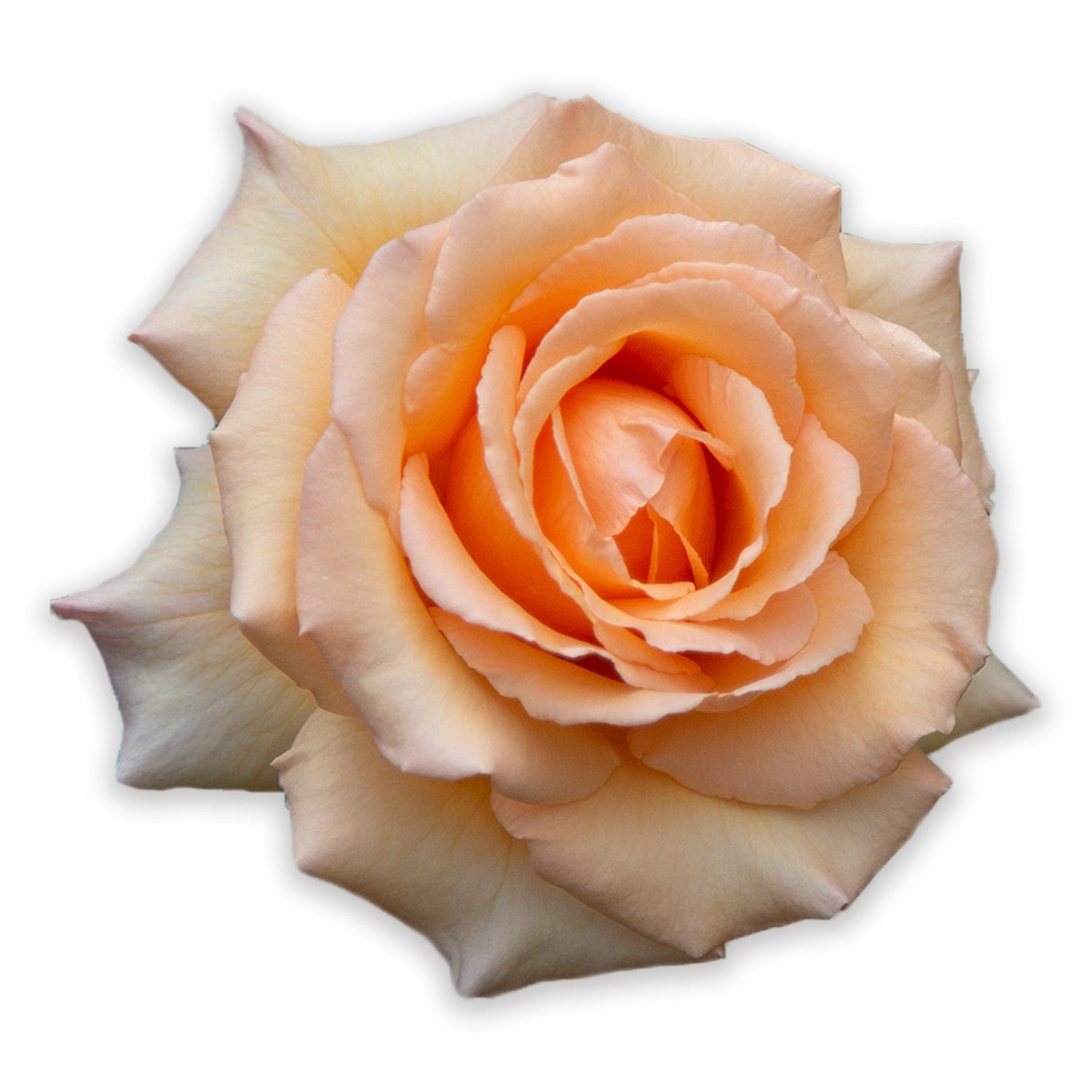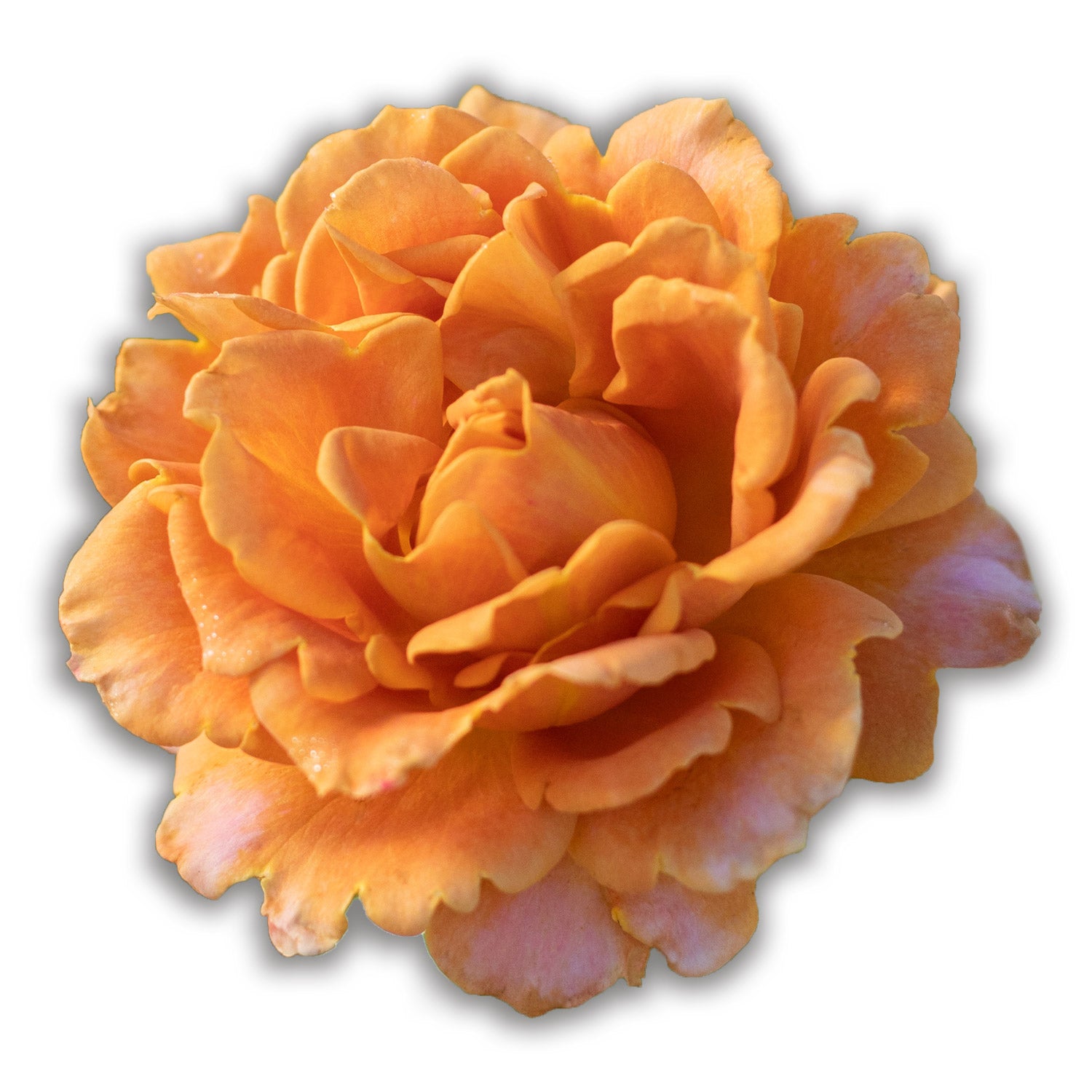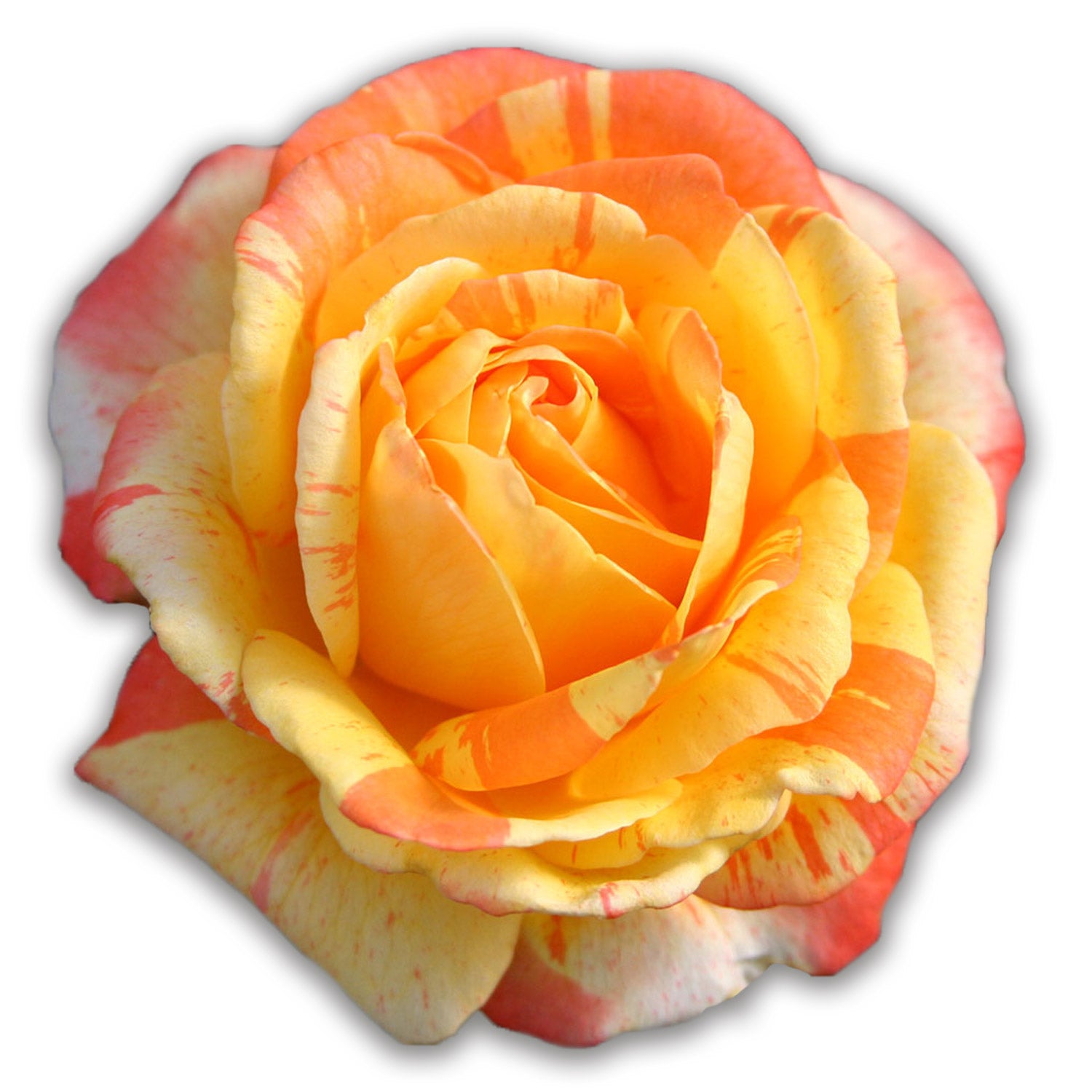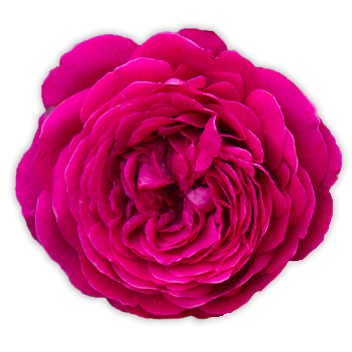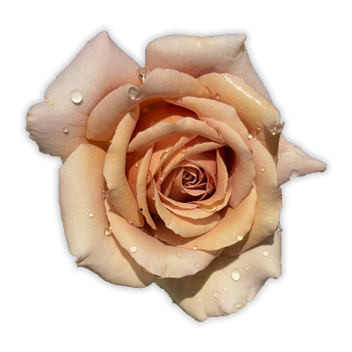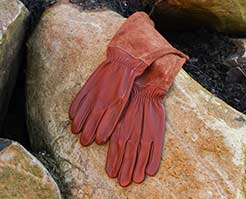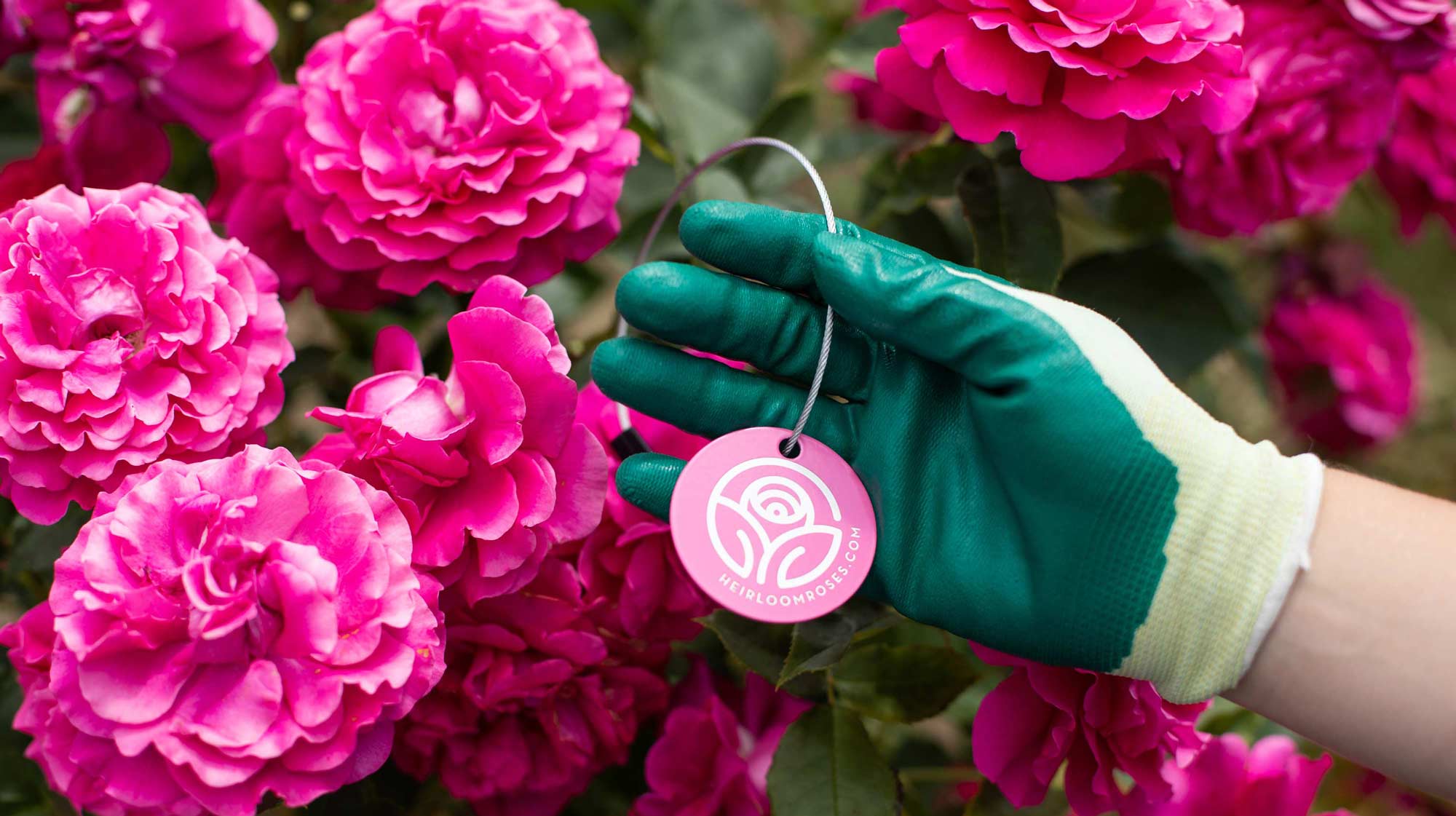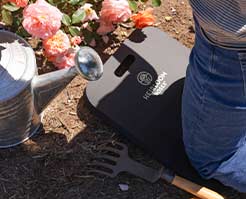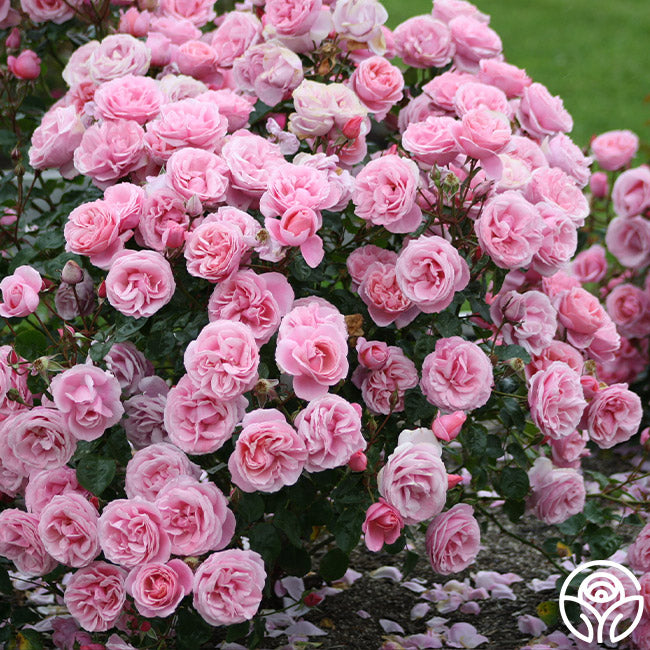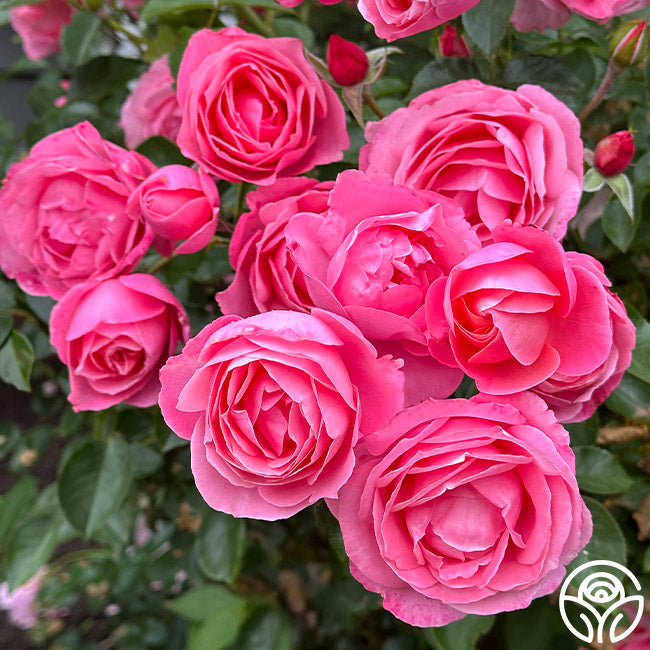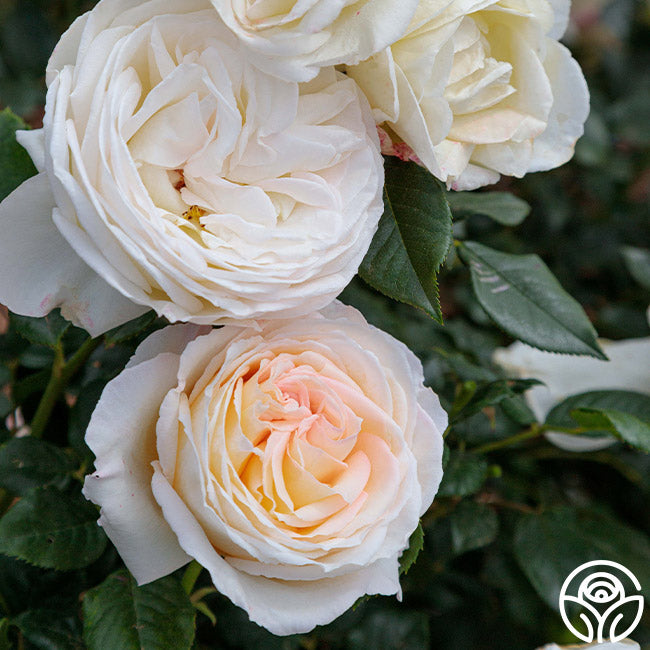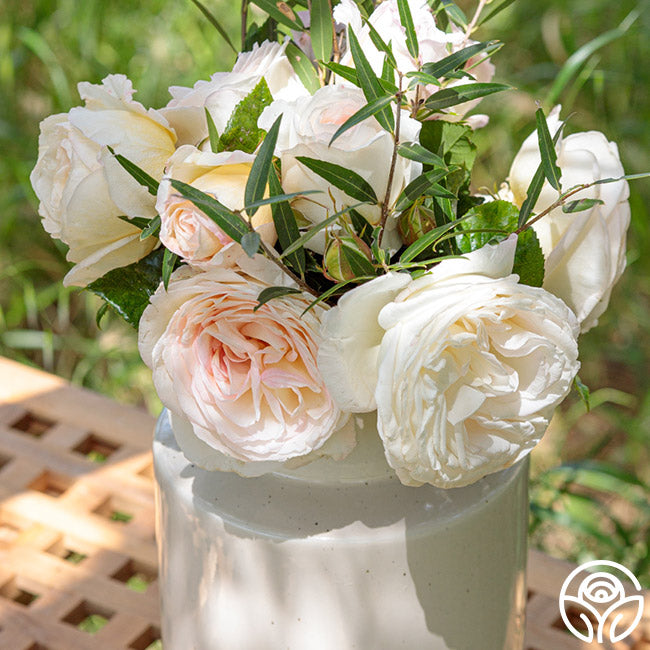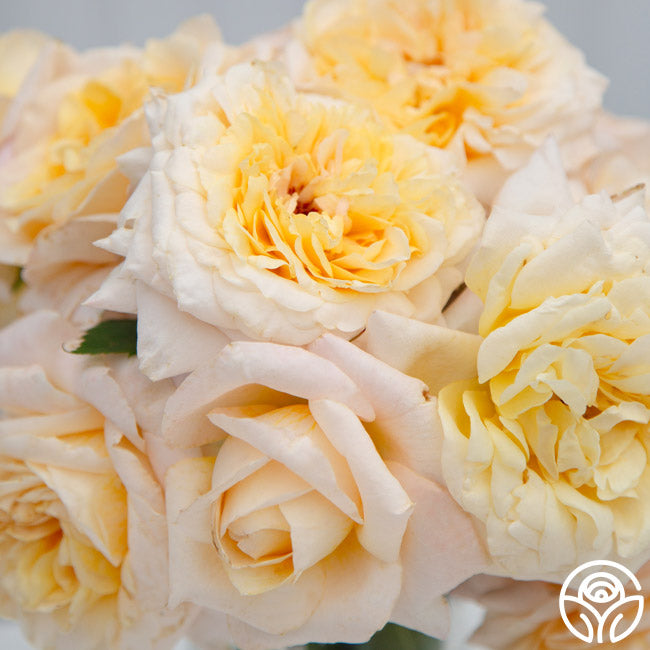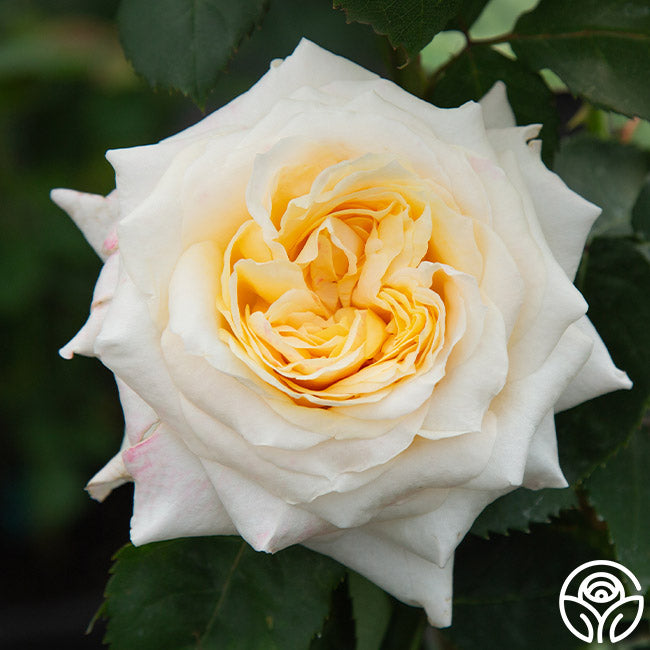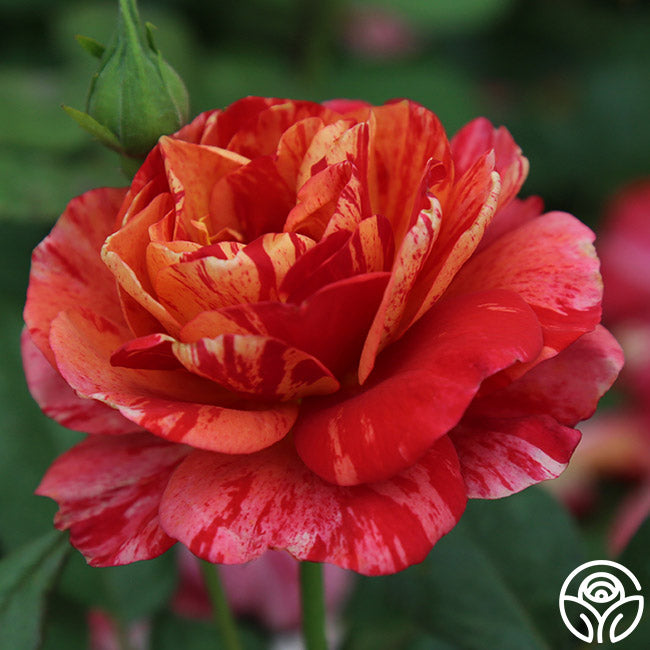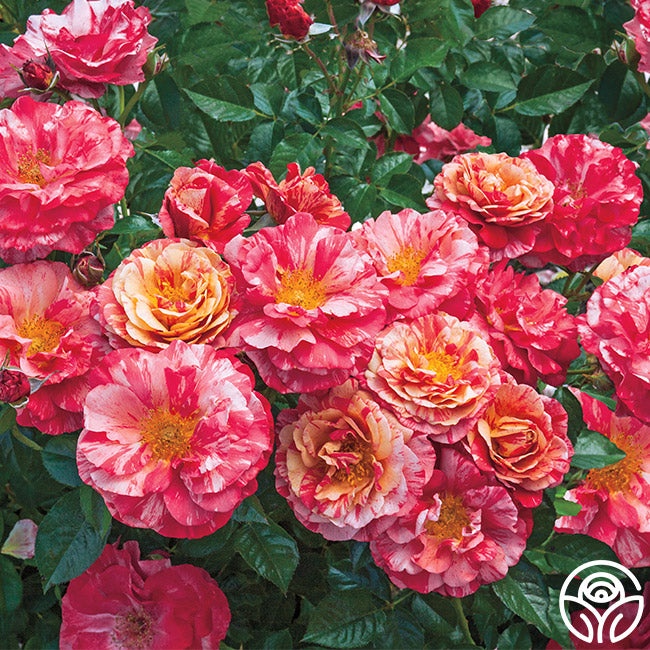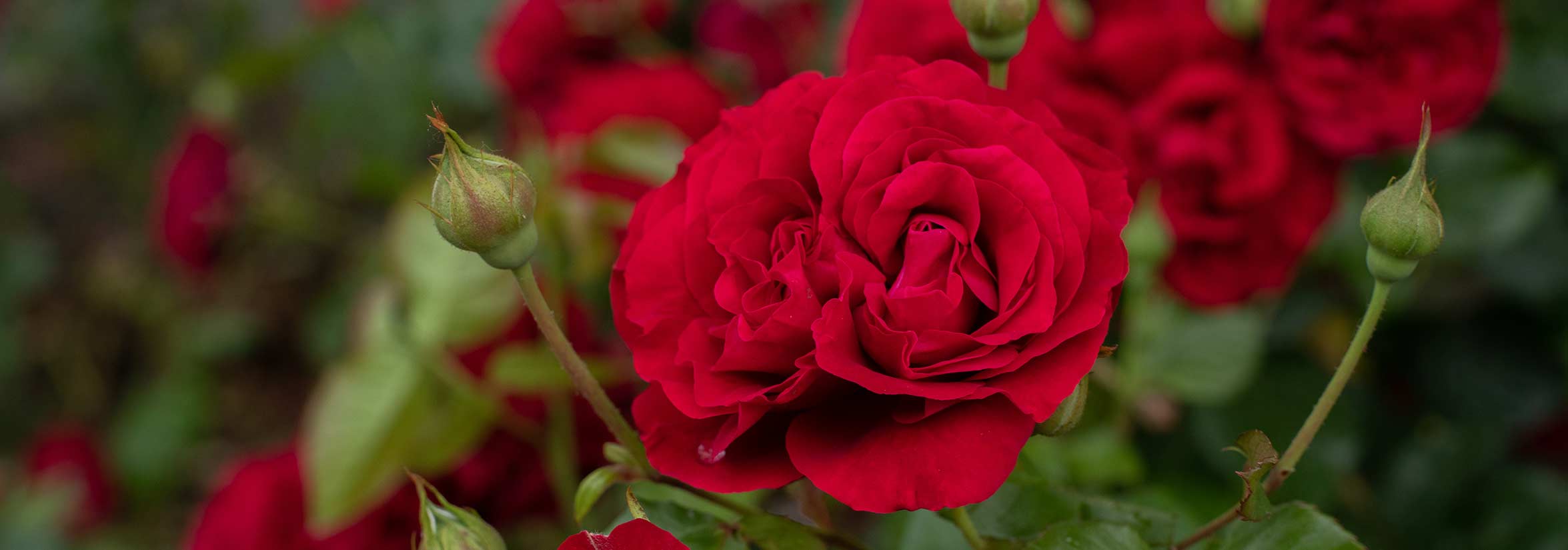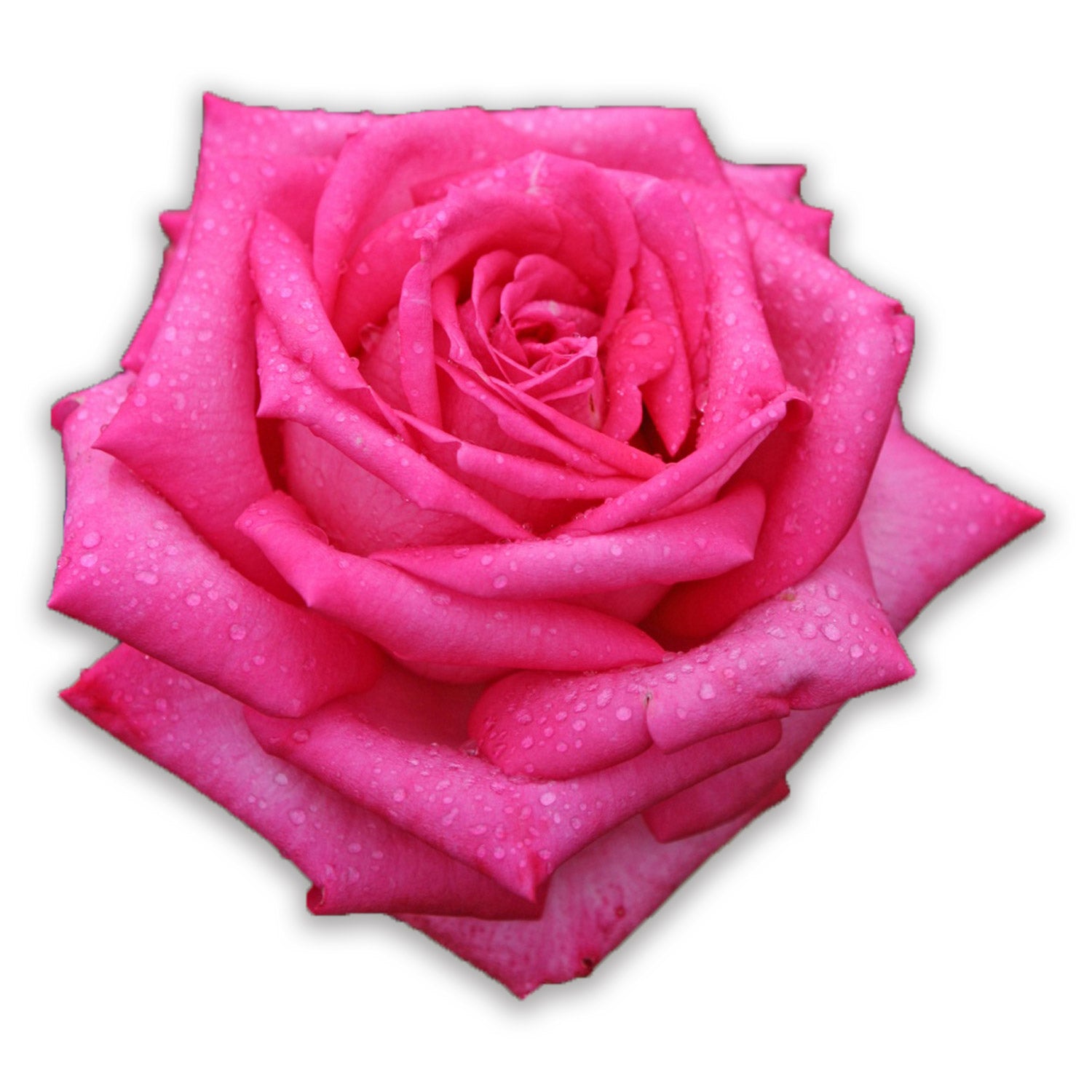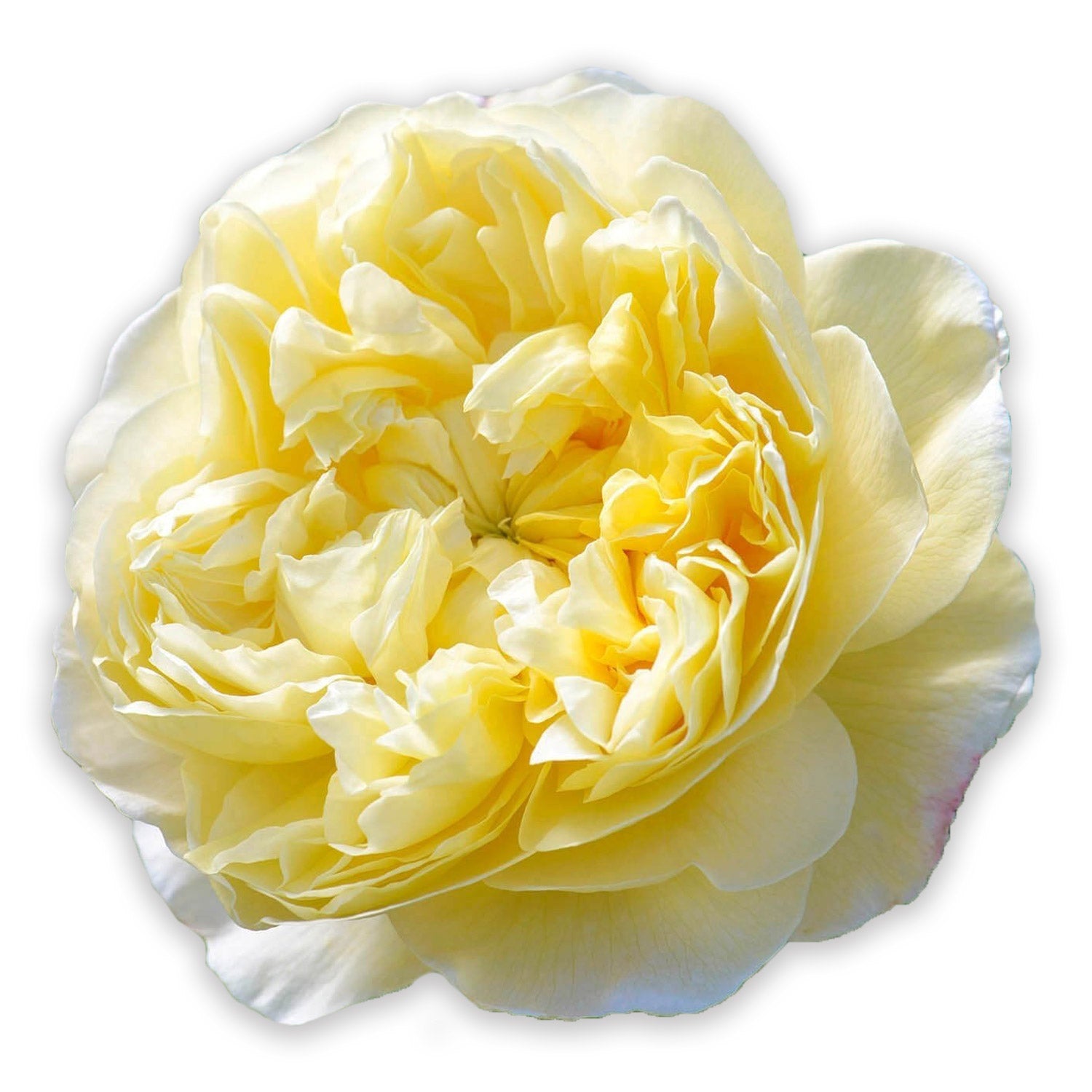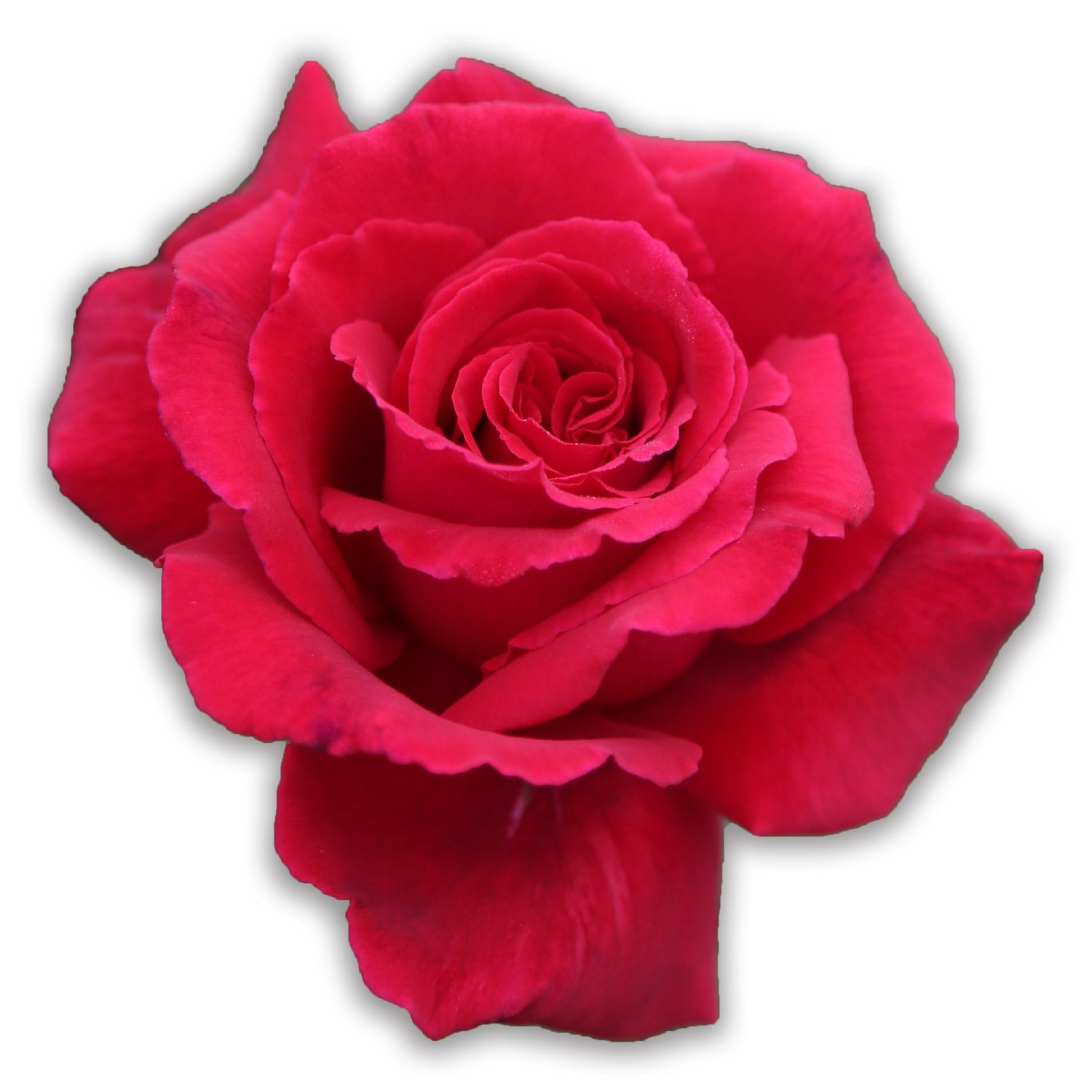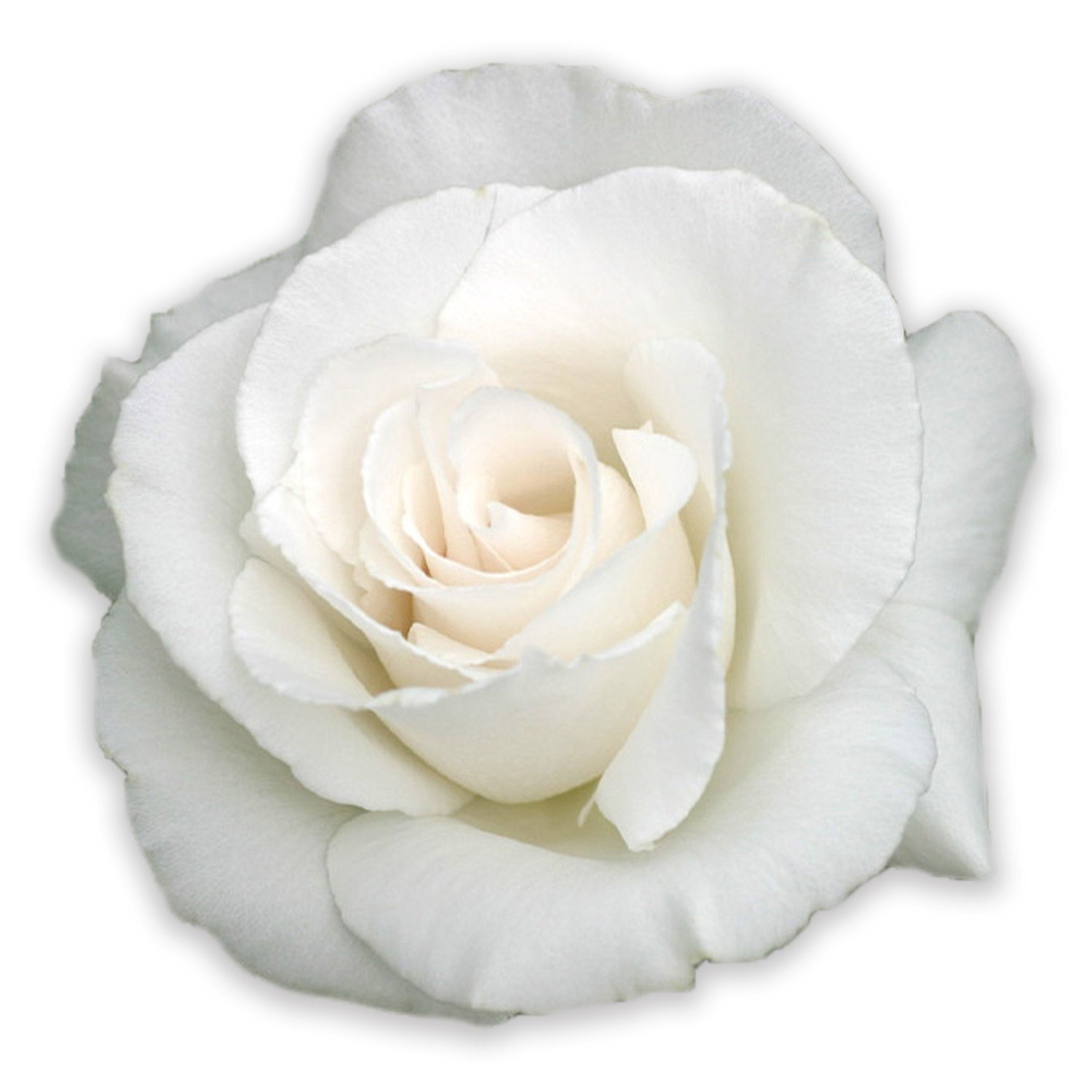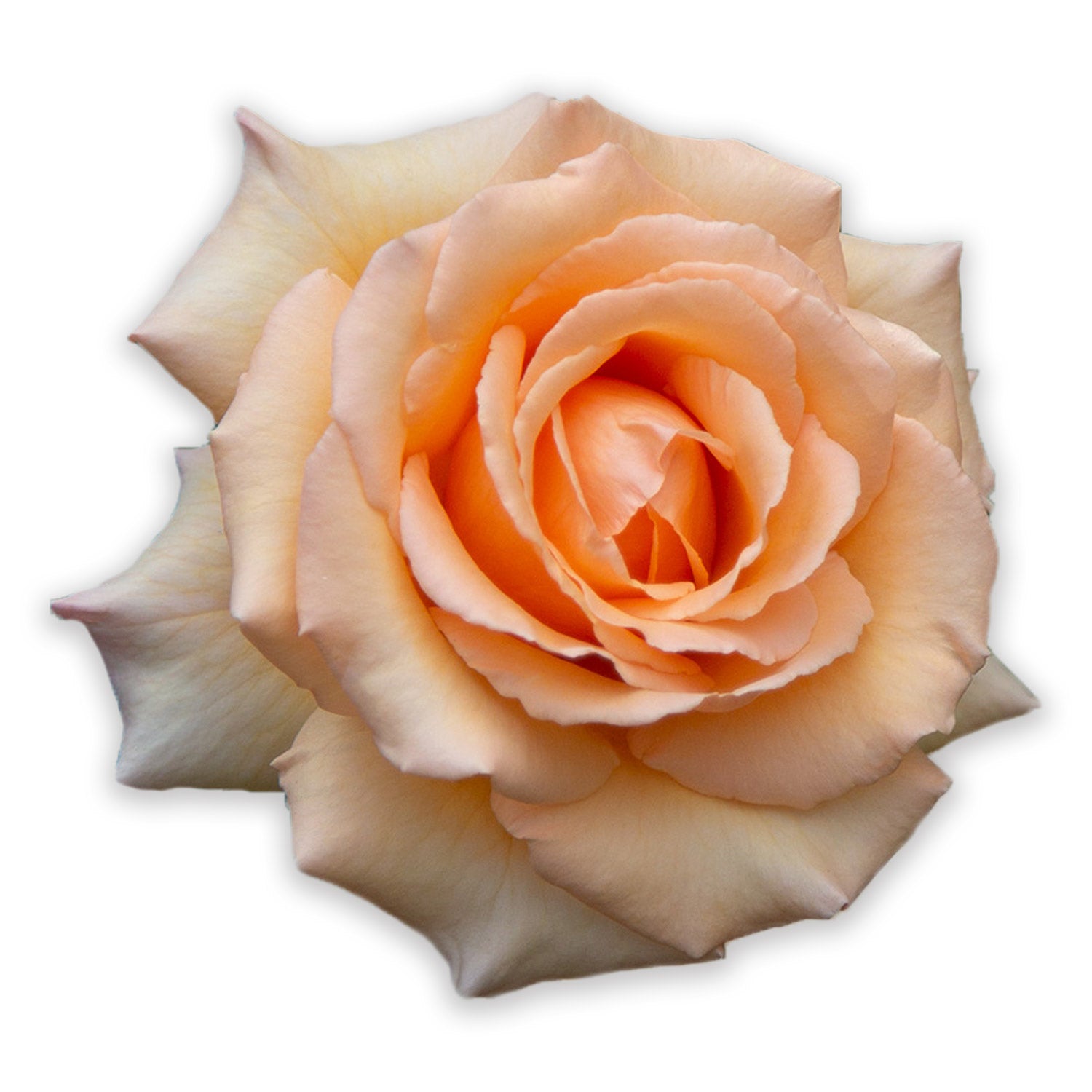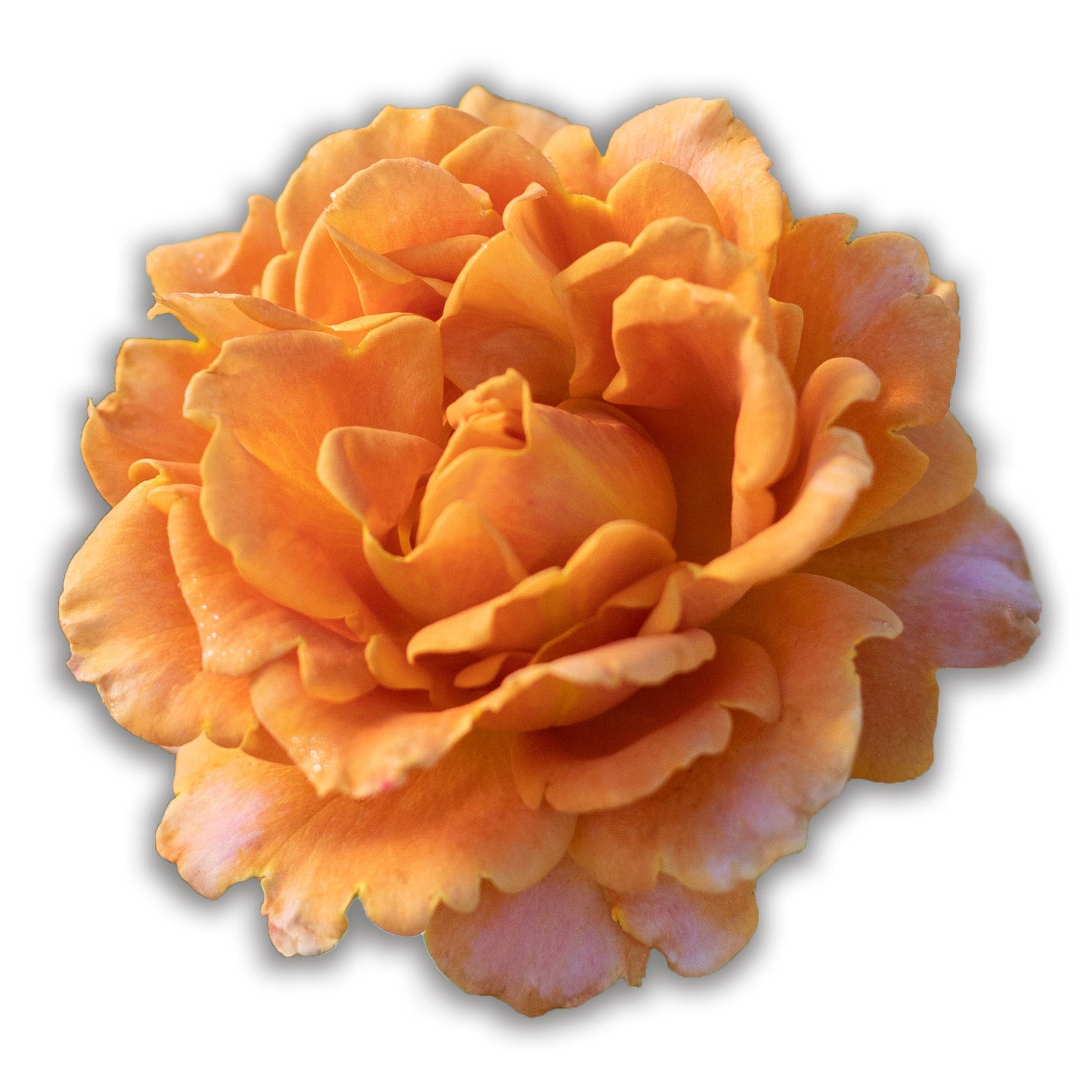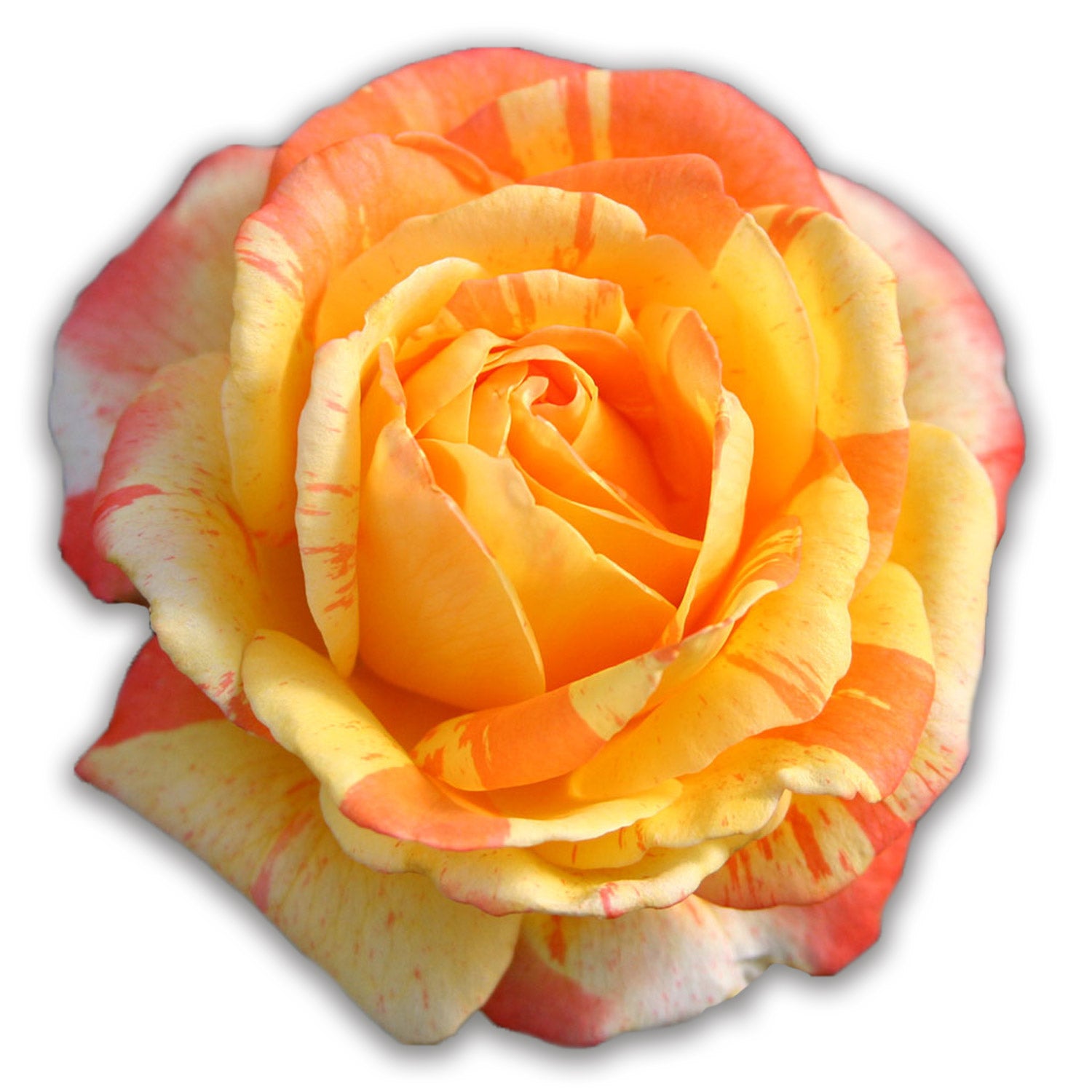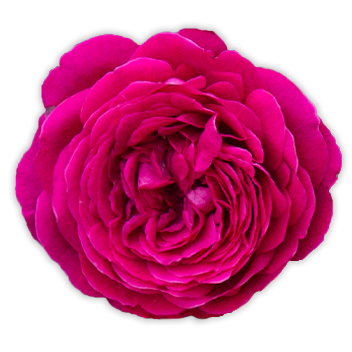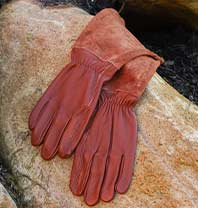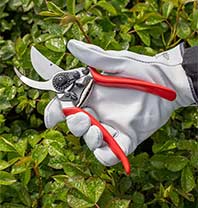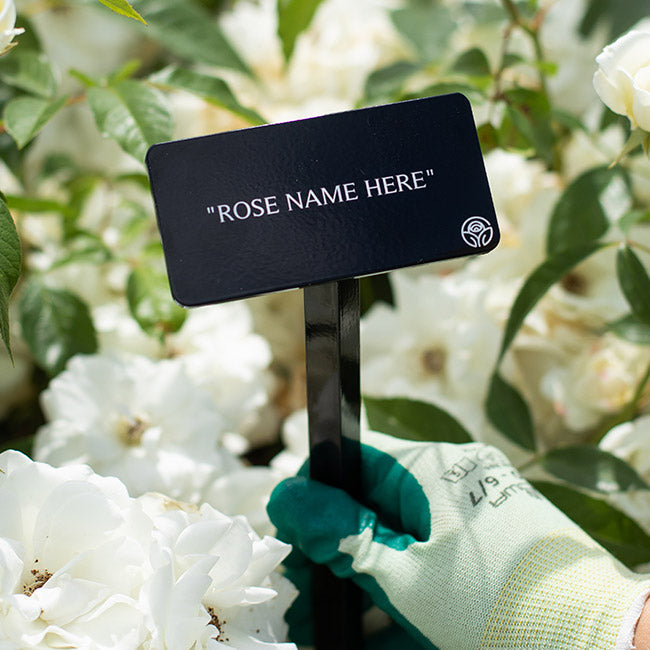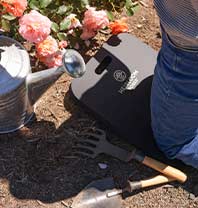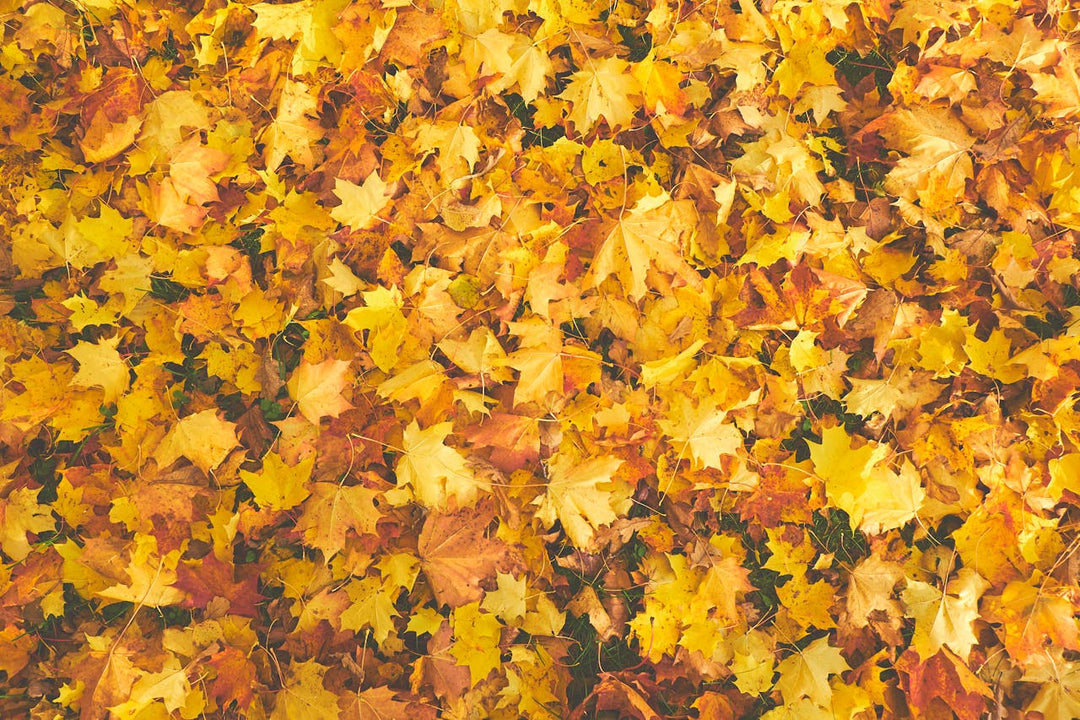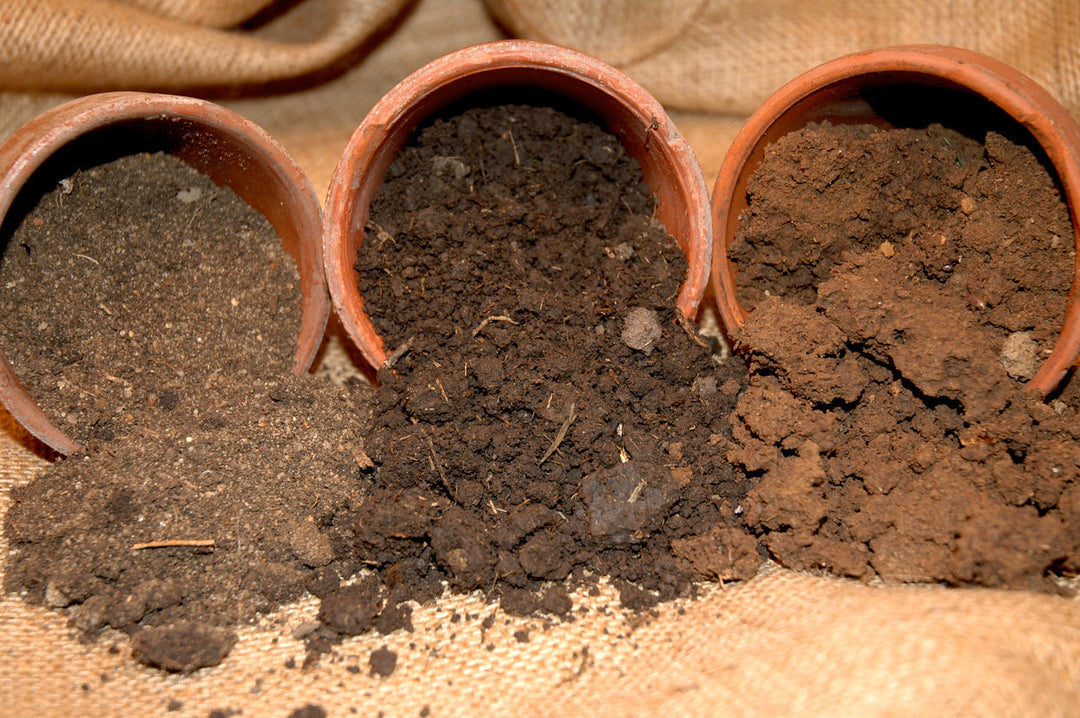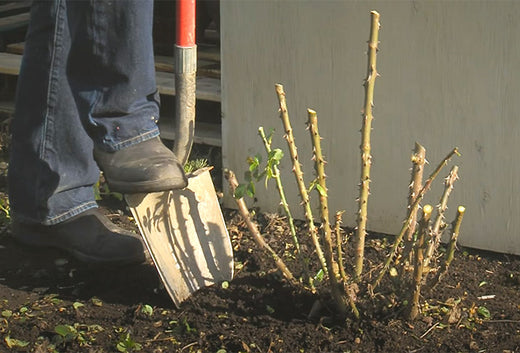-
Find Your Hardiness Zone
Your hardiness zone is key to selecting plants that can survive the winters in your area. Enter your zip code so we can guide you to roses and plants that will flourish in your garden.
Check your hardiness zone to see if I’m right for your garden.
Set My Zone
My Hardiness Zone:
- Track Order
- Login
-
Shop All Roses
Featured -
- Gifts
-
Added to Cart
-
-
Find Your Hardiness Zone
Your hardiness zone is key to selecting plants that can survive the winters in your area. Enter your zip code so we can guide you to roses and plants that will flourish in your garden.
Check your hardiness zone to see if I’m right for your garden.
Set My Zone
My Hardiness Zone:
- Track Order
- Login
-
-
- View all
-
Featured
- Gifts
- Learn
- About
Find Your Hardiness Zone
Your hardiness zone is key to selecting plants that can survive the winters in your area. Enter your zip code so we can guide you to roses and plants that will flourish in your garden.
Check your hardiness zone to see if I’m right for your garden.
Set My Zone
My Hardiness Zone:
Notify me when available
Email or SMS ? We'll notify you when this product is available again.
The Heirloom Roses Difference
We only sell healthy, virus-free Own-Root Roses and guarantee your success in the first year.
We are a family-owned company that invests in our roses, our employees, and our customers.
We are here to help you succeed! Our friendly rose experts are available year round to answer questions.




